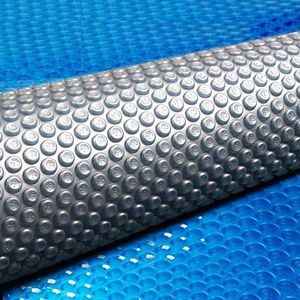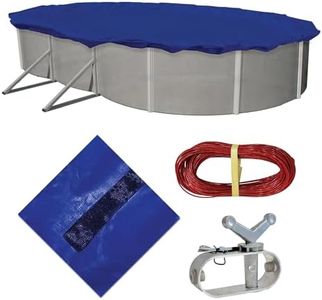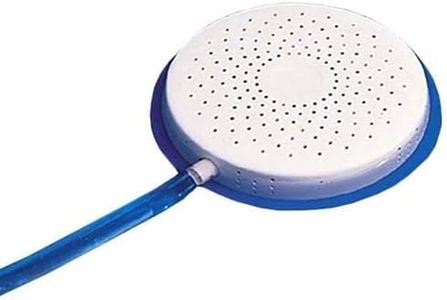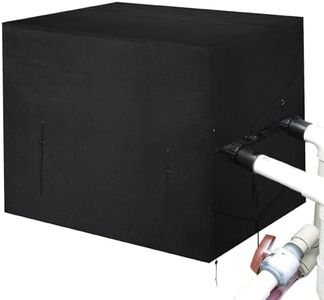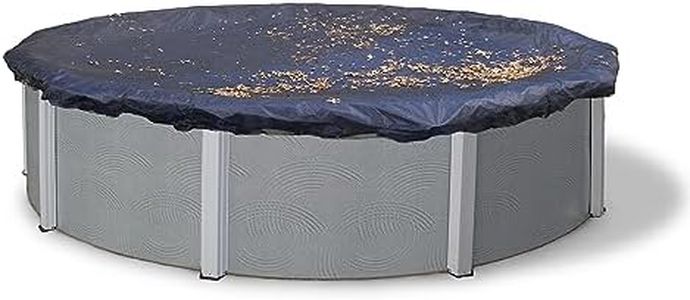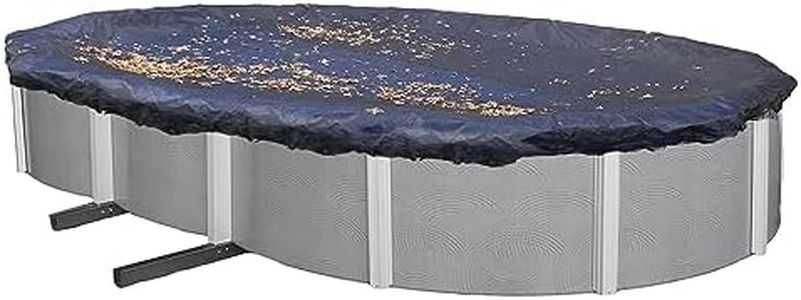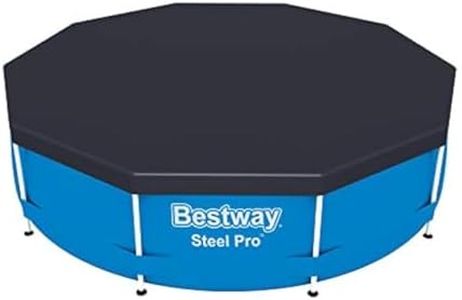We Use CookiesWe use cookies to enhance the security, performance,
functionality and for analytical and promotional activities. By continuing to browse this site you
are agreeing to our privacy policy
10 Best Pool Cover Pumps
From leading brands and best sellers available on the web.Buying Guide for the Best Pool Cover Pumps
Choosing a pool cover pump is all about making sure you keep your pool cover free from standing water, which can help protect your pool and pool cover from damage. The right pump makes removing water hassle-free and prevents dirty water or debris from seeping into your pool. To buy the best fit, you'll want to match the pump's features to the size of your pool, how often you get rain or snow, and how often you plan on using the pump. Understanding the key features will help you choose one that keeps your maintenance quick, efficient, and stress-free.Pumping Capacity (Gallons Per Hour – GPH)Pumping capacity tells you how much water the pump can move in an hour, usually shown as GPH or gallons per hour. This is important because it affects how quickly you can clear water from your pool cover—higher numbers mean faster water removal. Light-duty pumps usually handle under 500 GPH and are good for small pools or light rains. Medium-duty pumps are in the 500–1,500 GPH range and suit medium-sized pools or areas with average rainfall. Heavy-duty pumps go over 1,500 GPH, ideal for big pools or places with frequent heavy rain. Choose a capacity based on your pool's size and how much water you expect to deal with; if you're in a rainy area with a large pool, a higher GPH will save you time and effort.
Automatic vs. Manual OperationThis feature tells you whether the pump turns itself on and off or if you have to do it. Automatic pumps have a sensor that detects water and start pumping when needed, stopping once the water is gone. This is great if you want minimal hands-on work or can't check the cover often. Manual pumps need you to plug them in and switch them off yourself, which works if you’re okay with a little more involvement. If you want convenience or have a busy schedule, automatic is the better pick, but for occasional or budget users, manual pumps can be just fine.
Power SourcePool cover pumps can be powered by plugging into an electrical outlet or, less commonly, by batteries. Electric-powered pumps offer steady and reliable performance and are chosen by most users for regular use. Battery-powered pumps are more portable and can be used where outlets aren’t available, but they generally have less power and battery life. Choose based on whether you have easy access to outdoor electricity near your pool and how portable you want your pump to be.
Discharge Hose LengthThe discharge hose is the pipe through which the pump expels water away from your pool. The length of the hose matters because it determines how far from the pool you can direct the water. Short hoses (typically under 10 feet) are fine if your drainage area is close by, but longer hoses (15 feet or more) are better if you need to move the water a greater distance. Think about where you’ll dispose of the water and measure the distance before choosing a pump.
Pump Durability and Build QualityThis spec looks at what the pump is made of and how tough it is—which affects how long it will last and how well it handles regular use or harsh weather. Pumps made of sturdy plastic or corrosion-resistant materials last longer and resist wear from sun and water. If you live in a harsh climate or plan to use the pump often, look for pumps described as heavy-duty or weather-resistant to ensure it will last over many seasons.
